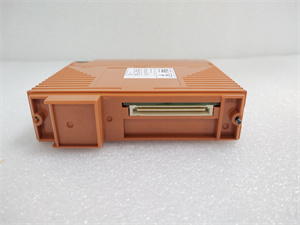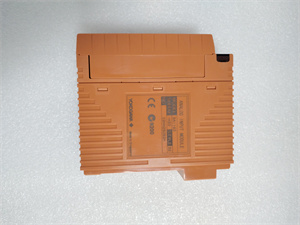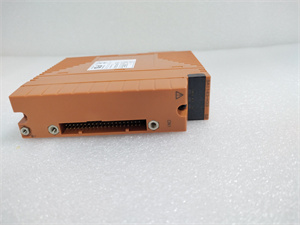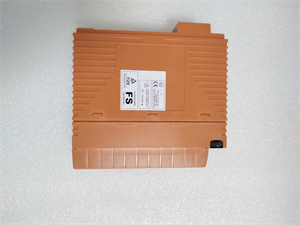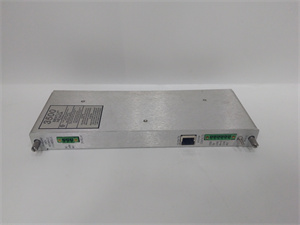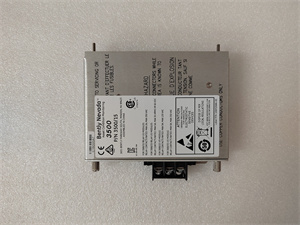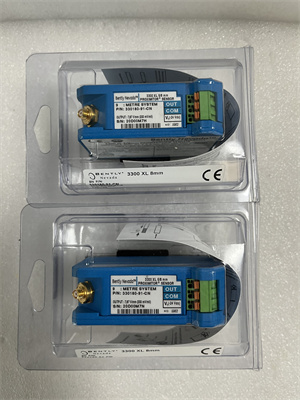Description
1. Product Description
The YOKOGAWA SAI143-H33 is an advanced analog input module engineered for industrial automation systems, especially for Yokogawa’s distributed control systems (DCS) such as Centum VP. This module is designed to accurately acquire analog signals from a variety of field devices, including sensors and transmitters. With its high – precision conversion capabilities and advanced features, the SAI143 – H33 plays a crucial role in ensuring reliable and efficient data collection for process monitoring and control.
The module features 16 isolated channels, which can handle different types of analog input signals, such as current (e.g., 4 – 20 mA) and voltage. It supports HART communication protocol, allowing for enhanced device management and diagnostic capabilities. This makes it suitable for applications where real – time data acquisition and device status monitoring are essential.
2. Product Parameters
| Parameter | Specification |
|---|---|
| Model | SAI143 – H33 |
| Brand | YOKOGAWA |
| Input Signal Types | Current (4 – 20 mA), Voltage (0 – 5 V, 1 – 5 V etc.) |
| Number of Channels | 16 (isolated) |
| Isolation Voltage | 1500 V AC (between channels and between channels and system) |
| Accuracy | ±0.08% of full – scale |
| Data Update Rate | 10 ms per channel |
| Power Supply | 24 V DC |
| HART Support | Yes |
| Operating Temperature Range | -10°C to +60°C |
| Humidity Range | 5% – 95% (non – condensing) |
| Dimensions (W x H x D) | Approximately 263 x 138 x 88 mm |
| Weight | Approximately 0.3 kg |

SAI143-H33
3. Advantages and Features
- High – Precision Measurement: With an accuracy of ±0.08% of full – scale, the SAI143 – H33 can provide highly accurate analog data, which is crucial for precise process control. For example, in a chemical process where precise temperature or pressure monitoring is required, this high accuracy ensures that the process remains within the desired parameters.
- Channel Isolation: The 16 isolated channels prevent interference between different input signals, enhancing the reliability of data acquisition. In industrial environments with high electromagnetic interference, this isolation feature ensures that each channel can accurately measure the input signal without being affected by other channels.
- HART Communication: The support for HART protocol allows for remote configuration, calibration, and diagnostic functions of the connected field devices. This reduces the need for on – site manual intervention, saving time and labor costs. For instance, in a large – scale oil refinery, operators can use HART communication to monitor the status of multiple sensors connected to the SAI143 – H33 from a central control room.
- Wide Operating Temperature Range: The ability to operate in a temperature range from – 10°C to +60°C makes the module suitable for various industrial environments, whether it is a cold outdoor installation or a hot indoor process area.
4. Application Areas and Application Cases
- Industries: The SAI143 – H33 is widely used in industries such as oil and gas, chemical processing, power generation, and water treatment.
- Scenarios: In oil and gas production, it can be used to monitor pressure, temperature, and flow rate sensors in pipelines and wellheads. In chemical processing, it can acquire data from various process variables such as pH, conductivity, and level sensors.
- Application Case: In a power generation plant, the SAI143 – H33 was installed to monitor the temperature and pressure sensors in a steam turbine. The high – precision measurement and HART communication capabilities allowed the operators to continuously monitor the turbine’s operating conditions. By analyzing the data collected by the module, potential issues were detected early, and preventive maintenance was carried out, reducing the risk of unplanned downtime by 30%.
5. Competitor Comparison
- Higher Channel Density: Compared to some similar analog input modules in the market, the SAI143 – H33 offers 16 isolated channels, which is higher than many competitors that typically offer 8 – 12 channels. This allows for more efficient use of rack space and reduces the overall cost of the system.
- Better Isolation Performance: The 1500 V AC isolation voltage between channels and between channels and the system is superior to some competing products, providing better protection against interference and ensuring more reliable data acquisition.
- Integrated HART Support: While some competitors may require additional modules or cards to support HART communication, the SAI143 – H33 has native HART support, simplifying the system design and reducing costs.
SAI143-H33
6. Selection Recommendations
- Compatibility: Ensure that the SAI143 – H33 is compatible with your existing DCS system, such as Yokogawa’s Centum VP. Check the system’s requirements for input modules, including communication protocols and power supply.
- Input Signal Requirements: Consider the types of analog input signals (current, voltage) and the number of channels you need for your application. If you have a large number of sensors to connect, the 16 – channel configuration of the SAI143 – H33 may be a good choice.
- Environment: Evaluate the operating environment, including temperature, humidity, and electromagnetic interference. The wide operating temperature range and high – quality isolation of the SAI143 – H33 make it suitable for harsh industrial environments.
- Budget: Compare the cost of the SAI143 – H33 with your budget. While it offers advanced features and high performance, make sure it fits within your financial constraints.
7. Precautions
- Installation: Follow the installation instructions provided by Yokogawa carefully. Ensure proper grounding and wiring to prevent interference and ensure the safety of the module.
- Power Supply: Use a stable 24 V DC power supply. Fluctuations in the power supply can affect the performance of the module and may even cause damage.
- HART Communication: If using HART communication, ensure that the connected field devices are also HART – compatible and properly configured. Incorrect configuration can lead to communication errors.
- Maintenance: Regularly inspect the module for any signs of damage or wear. Clean the module if necessary to prevent dust accumulation, which can affect its performance.

